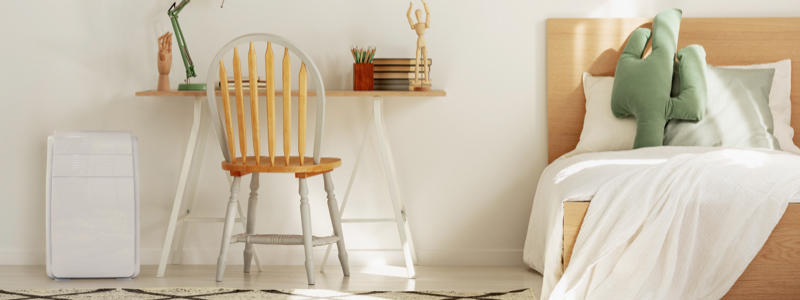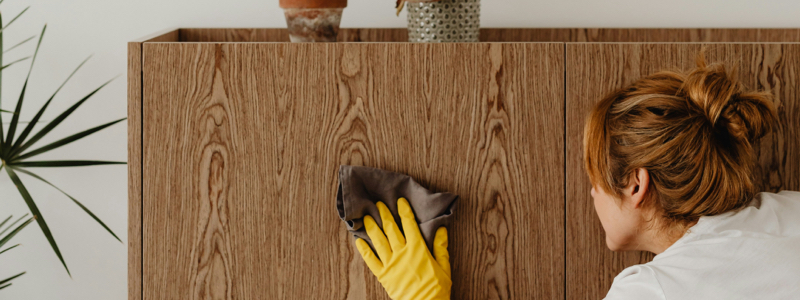Can air purifiers help with allergies and asthma?

Having clean air is important for anyone, and if you’re dealing with allergies and asthma, it’s crucial. Particles in your indoor space like pollen and dust can disrupt your quality of life—but an air purifier can help.
How does indoor air pollution affect allergies and asthma?
Indoor air pollution significantly aggravates the symptoms of allergies and asthma. Tiny contaminants like pollen may not be inherently dangerous for most people. But for allergy sufferers, their immune systems can't always tell if these contaminants are friend or foe—which can lead their bodies to trigger an immune response. The results are unpleasant symptoms you may know all too well, like runny noses, sneezing, and coughing.
Asthma, on the other hand, is a medical condition that causes a person’s airways to narrow and swell. Asthma can flare up in certain situations, like when exercising or working with chemical fumes and gases, but airborne allergens in the air can trigger asthma as well. Symptoms can vary from moderate to severe and include difficulty breathing, shortness of breath, wheezing, and more.
Because many allergens are airborne, it’s important to try reducing them from your space—and that’s where an air purifier can help. Let’s take a look.
Can air purifiers help with allergens?
The cleanliness of indoor air is important for those experiencing allergies, and air purification systems like our Brondell Pro, Revive, or Horizon can help improve air quality. They may even help provide some relief from allergy symptoms, according to the American College of Allergy, Asthma & Immunology.
Air purifiers work by using an internal fan to pull air through a filter or set of filters, each uniquely designed to catch different contaminants.
The most common kinds of filters include:
While air purifiers can't get rid of your allergies or asthma outright, they can reduce the airborne contaminants that may be causing—or worsening—your symptoms. For that reason, using an air purifier should be a component of your allergy treatment plan, along with your doctor’s recommendations, regularly cleaning your home, and other preventative measures.

What filters are the most effective for reducing airborne allergens?
A true HEPA or HEPA-Type filtration system is the best option to help allergy and asthma sufferers reduce the amount of airborne allergens indoors. The term HEPA stands for “high-efficiency particulate air,” and these filters are designed to remove at least 99.97 percent of airborne particles with a size of 0.3 microns (µm).
| Allergen | Micron size (µm) |
|---|---|
| Pollen | 2.5–200 µm |
| Mold Spores | 2-10 µm |
Because HEPA filters are certified to trap particles that are sized 0.3 µm, they’re able to filter out pollen and mold spores of all sizes.
That said, a dirty filter won’t work properly, so it’s important to change filters when they’ve reached their expiration date. How often should you change your air purifier filter? It depends. Always consult your user manual for cleaning and maintenance instructions, as well as your air purifier’s filter life. Make sure to have new, clean filters on hand when it’s time to replace them.
What else can I do to keep my indoor air clean?
Having an air filtration system can help improve your indoor air quality overall and reduce allergens that may contribute to allergies and asthma. But there are plenty of other things you can do to reduce allergens in your home. Here are a few suggestions:

Fewer allergens, fewer worries.
Dealing with allergies and asthma outside is hard enough already, so your home should be a safe haven from airborne contaminants. By having a quality air filtration system in your home, you’ll be able to relax and enjoy your space. And if it’s maintained properly, you’ll enjoy the benefits of cleaner indoor air for years to come.
